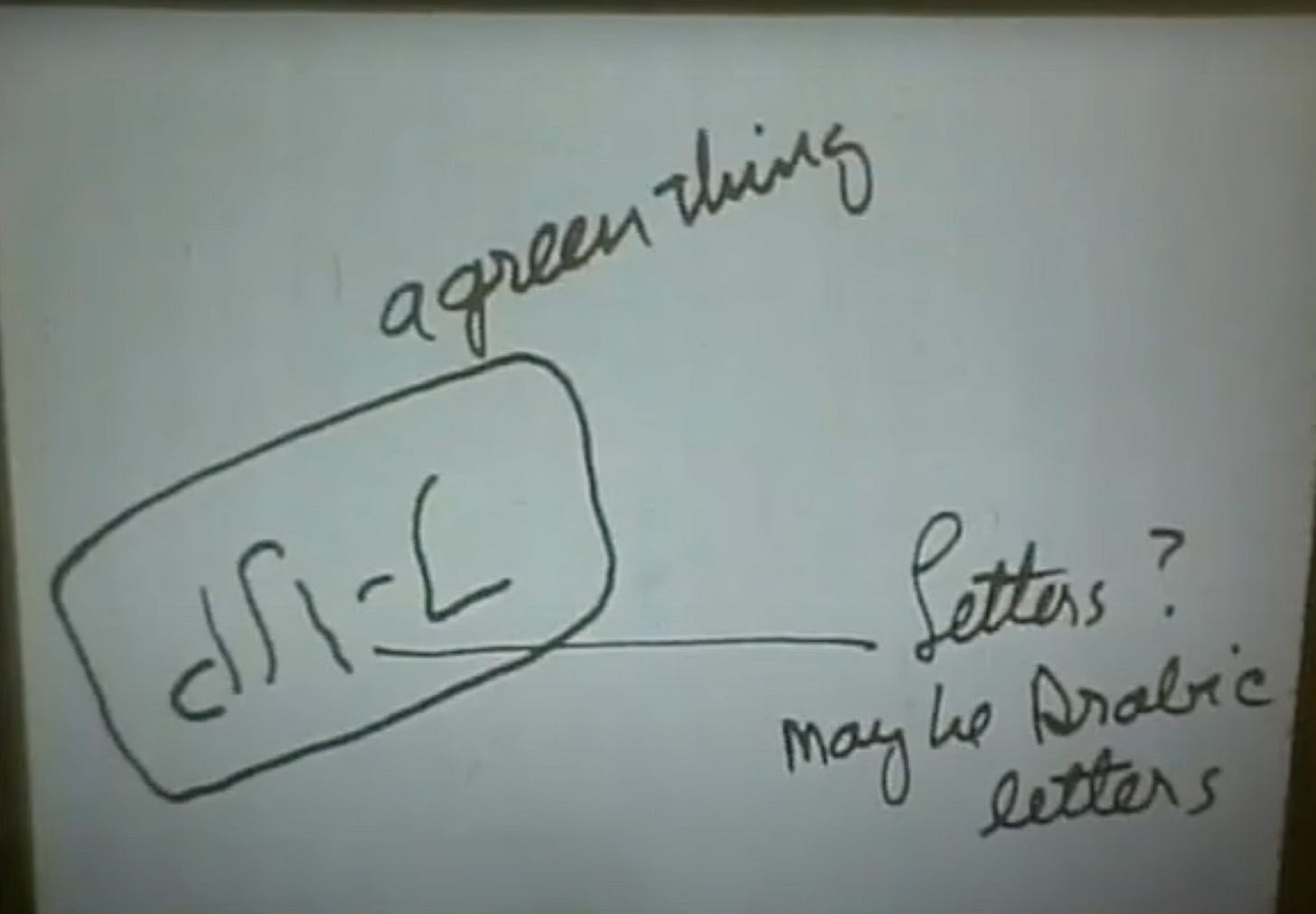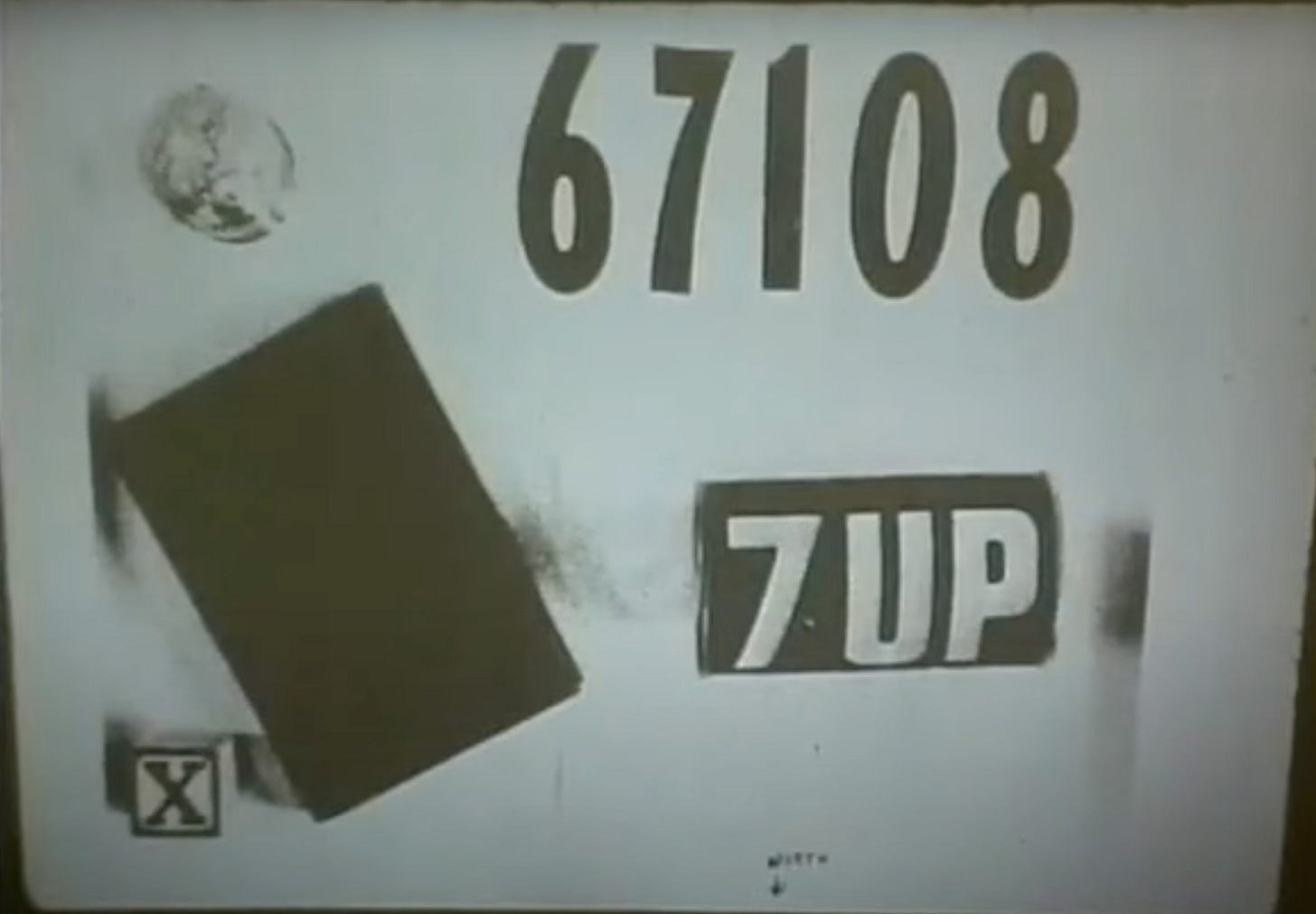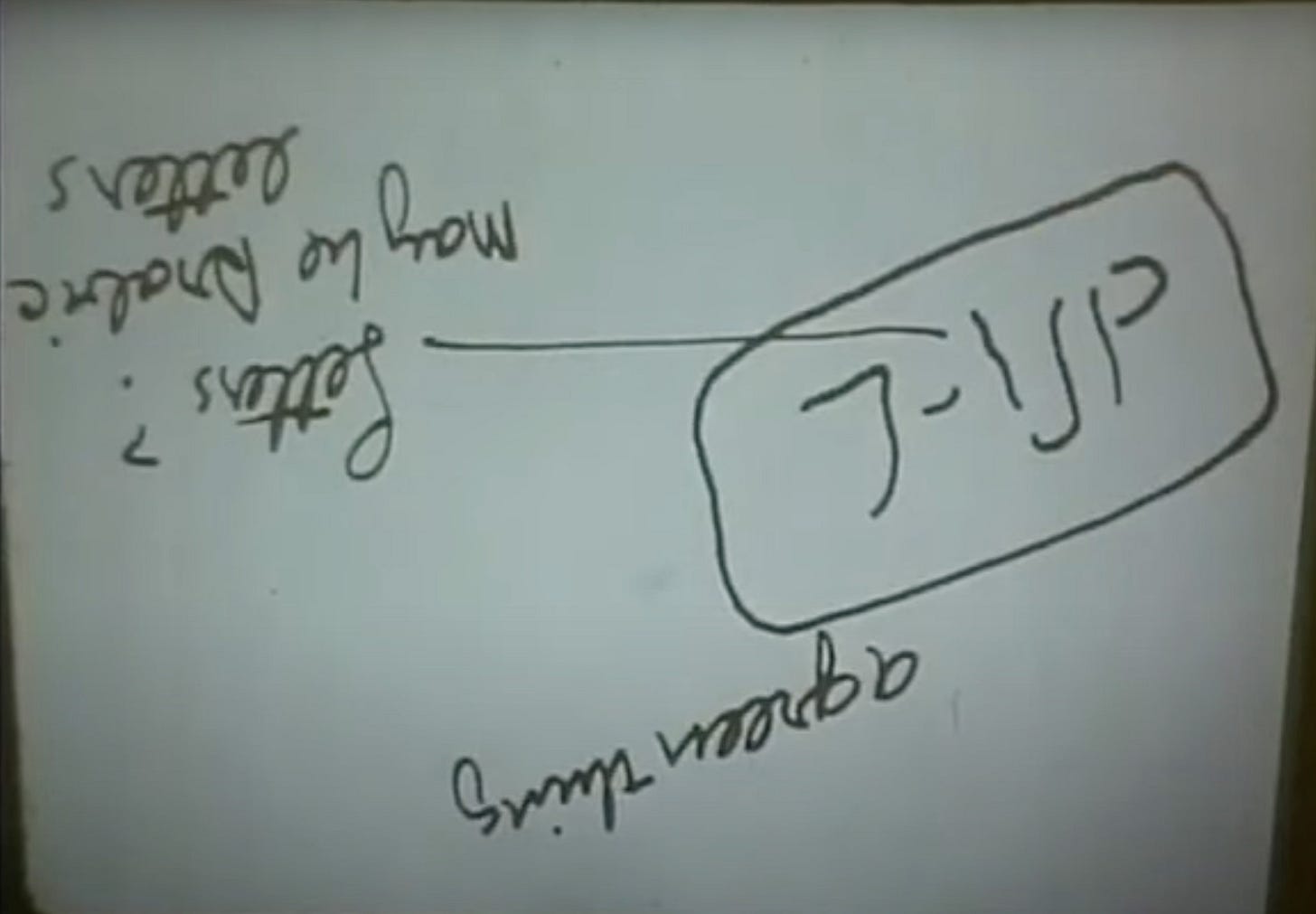Ingo Swann - The DaVinci of Our Day
And the experiment that birthed the promise of a broader, multidimensional existence.
Part Two:
William Tiller, professor emeritus at Stanford University, known worldwide as the pioneer of Psychoenergetic Science and maverick in his own right, called Ingo Swann the Davinci of our day.
Jeffery Mishlove called him "multidimensional". I agree with these assertions. Ingo's life is a testament to what it means to embody the multidimensional nature of human existence. His life and work were not confined by the boundaries of conventional experience, moving seamlessly between scientific inquiry, metaphysical exploration, and creative expression.
At the heart of Swann's work was a belief that the mind transcends the physical body and can operate beyond time and space. This was not mere philosophy; it was something he demonstrated repeatedly. Swann's encounters were wider than what could be measured or observed. His abilities extended into realms that science often dismisses—the intangible spaces of extrasensory perception (ESP) and altered states of consciousness. He did not merely glimpse these non-physical layers of existence; he learned to navigate them, honing his awareness like a practised explorer mapping uncharted territories.
But how did he arrive here?
It happened in 1972, during a pivotal experiment that Swann described as "very important." He participated in a study led by Dr. Karlis Osis and Dr. Janet Mitchell at the American Society for Psychical Research (ASPR)
The goal was to explore out-of-body experiences (OBEs) and determine whether participants could perceive objects positioned out of reach by projecting their consciousness.
The setup involved placing targets on a tray suspended from a 15-foot ceiling—one on each side of a partition, making it impossible to see both targets from the same physical vantage point. Like other participants, Swann was hooked up to brainwave monitoring equipment (an early Beckman dynograph) in one room, with wires feeding through the wall to the monitoring chamber. The task was to "float" out of his body, observe the targets from above, and report what he saw.
Swann was skeptical but accepted the experiment because he would be paid $45 per session—a good sum at the time.
In one particularly memorable session, Ingo Swann struggled to decipher what he saw on the suspended target tray. He sketched out shapes and patterns, suspecting that what he saw might be letters—possibly Arabic, though he wasn't sure.
After seeing the target tray, he became frustrated with his results and noted that he had not captured the numbers or other elements on the tray. Swann was ready to dismiss the session as a failure.
Then, Dr. Osis came rushing down from his office in excitement. "You got it! You got it!" he exclaimed. Swann was confused until the doctor flipped his drawing upside down. "Just turn your response this way," he explained, "and there it is."
Swann was stunned. “This came as a complete shock to me because I did not do this consciously,” he later reflected. In correctly perceiving the target—albeit inverted—Swann uncovered a vital insight: he realized that his perception had bypassed his conscious mind entirely, emerging from a deeper, autonomic process, much like breathing or a heartbeat.
Swann described this as a pre-conscious mechanism, where his mind instinctively accessed information without active reasoning. It was as if his perception tapped into a primal, non-verbal cognition system, spontaneously organizing sensory input beyond his control. This experience led him to a profound conclusion: these abilities were not mystical rarities but inherent human potential—a latent gift wired into the fabric of human consciousness. “This must be part of our species inheritance,” he reasoned.
This realization sparked a new fascination for him. If these abilities were inherent in human beings, then it might be possible to train the mind to access them more deliberately. Swann saw this as an invitation to explore how the mind can be conditioned to operate differently, suggesting that much of what we believe about human perception is limited by conscious awareness alone. Beneath the surface, there exists an entire system—perhaps a reservoir of intuitive knowledge or ancestral perception—waiting to be uncovered.
This is precisely why I admire Swann and resonate with both prior assertions. He was undeniably multidimensional, a modern Da Vinci, bridging the worlds of science, and metaphysics with seamless grace.
The promise Swann leaves us is simple yet profound: we are far more than we imagine. Our minds are not bound by the limits of the body, nor is reality confined to what we can see or touch. Swann’s work suggests that within each of us lies the power to transcend space and time, explore hidden dimensions, and access realms beyond the material world.
His legacy is an invitation to unlock our latent abilities—intuition, creativity, and expanded consciousness—that remain mostly untapped. Consciousness is not passive but an active force, capable of reaching across dimensions, uncovering truth, and connecting with the unseen.
Swann assures us that the journey both inward and outward, through the layers of existence, is not only possible but essential. By embracing the full range of our consciousness, we gain access to a broader, multidimensional existence, where mystery turns into discovery and the ordinary becomes extraordinary.
We will be covering more of Ingo Swann’s remarkable work in Season 4 of Magical Egypt so if you want to catch up visit https://www.magicalegyptstore.com.
More soon!







I didn't know anyone had out of body experiences where they looked up at their body; until I had them myself and other pieces of information and experience seemed to come about before I could even find reference to them.